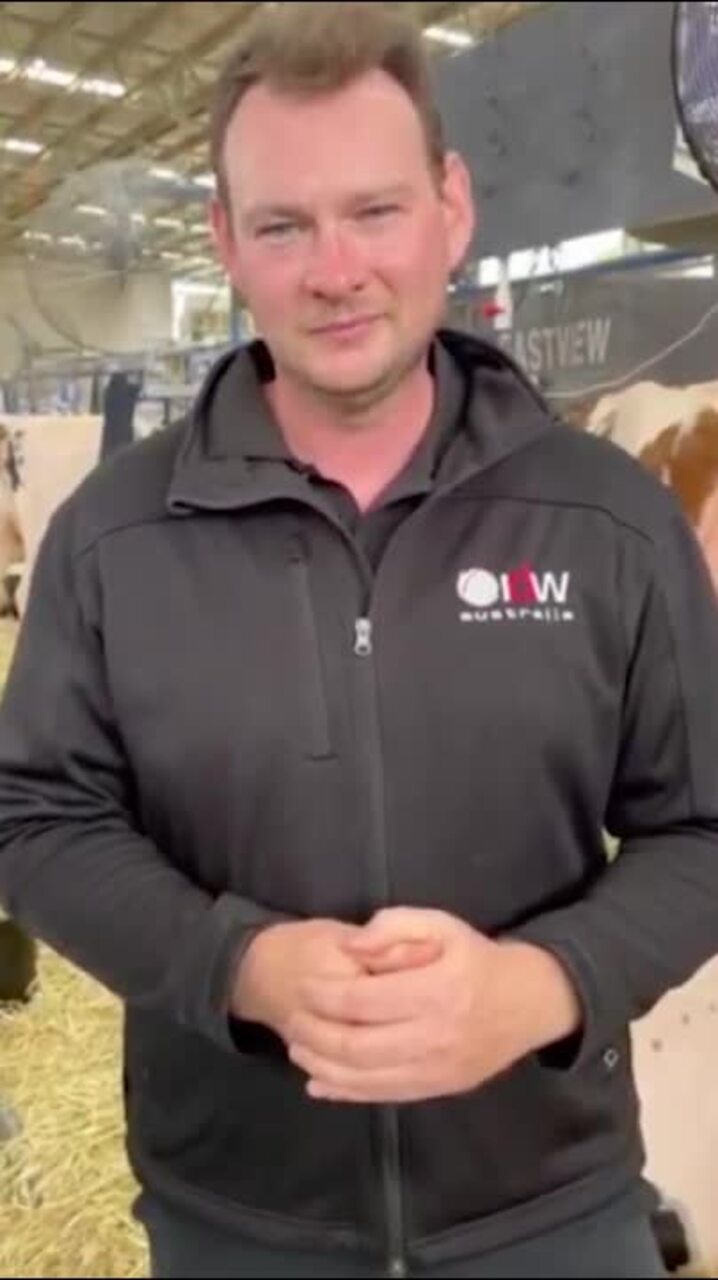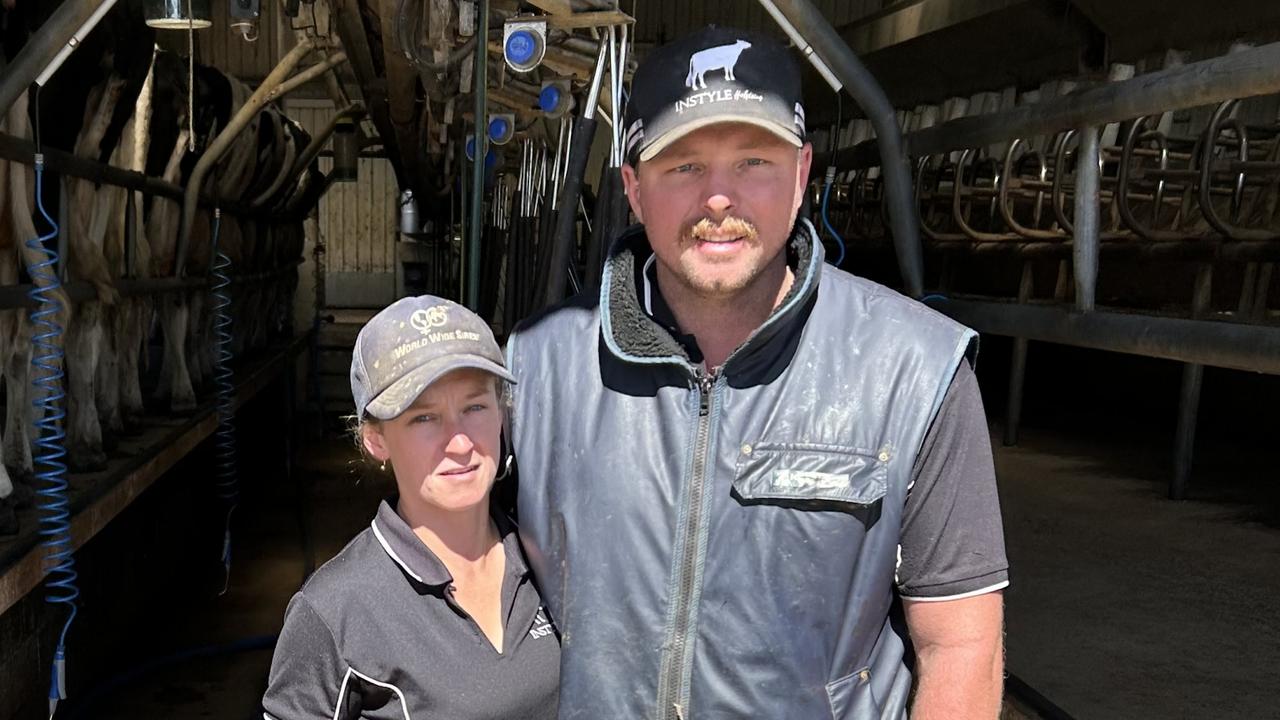Research shows dairy beef can be high quality
Holstein steers could be “a viable value proposition” and match quality from traditional beef breeds, according to one of the biggest trials undertaken in Australia.

Meat processors could market dairy beef as greenhouse gas free thanks to the allocation of emissions to the milk production from cows.
One of the largest randomised research trials has shown the quality of dairy beef means it could access high quality markets both domestically and globally.
But one of the key researchers involved in the research said it was up to processors and buyers to now respect what has been seen in the past as inferior quality beef.
Scibus managing director Professor Ian Lean led a research trial looking at the quality of dairy beef and will make a presentation to the Herd 25 conference at Bendigo on March 12.
“Dairy beef is less commonly utilised in Australia ... reasons have included a processor belief that dairy carcasses were of below premium quality compared to beef breed carcasses whereas dairy farmers believed that the prices offered for dairy steers of similar weight to beef were non-viable,” Prof Lean said.
“However, it is important to have well-grown cattle, as older dairy or dairy-cross cattle which are poorly grown may not have similar performance.”
The research looked at the performance of carcasses from dairy and traditional beef breeds, at two target carcass weights of 150kg and 300kg.
And regardless of the feeding regimes, dairy cattle produced beef of Meat Standards Australia acceptable quality “at least equal to the beef breed cohorts”, he said.
It also had the added benefit of being marketed as low or zero emissions, thanks to those emissions being assigned to the milk production of the business, Prof Lean said.
While the Australian beef industry has long regarded dairy beef as secondary quality, that’s not the case around the world.
In Europe, the United States and New Zealand, dairy beef contributes up to 8.5 per cent of finished steers and 15-20 per cent of lot-fed steers in the US are Holstein.
The team’s work showed there could be a financial and quality driven pathway for dairy bred steers, from both grass-fed and feedlot systems.
“Dairy breed steers can produce a carcass of good eating quality, with Holstein animals
meeting MSA grading requirements,” he said.
“This presents a viable value proposition for Holstein-bred beef steers to fill quality yield gaps in Australian beef markets.
“And the expansion of dairy beef production directly addresses social licence concerns regarding euthanasia of young day-old calves in conjunction with increased efficiency through creation of additional high value beef.”
Australian Dairy Farmers president Ben Bennett said Australia was one of the few countries in the world where there was a big price anomaly between traditional and dairy beef prices.
“I spent 13 years in the beef industry in New Zealand and ran a meat plant that specialised in dairy beef and I understand its quality (dairy beef),” Mr Bennett said.
“But in Australia, the power is with one breed (Angus) and it’s a rural myth that dairy beef does not perform as well.”
But he said the research done by Prof Lean and his team was a step forward in terms of the recognition of dairy beef quality.
“The goal would be to narrow that gap between what’s paid between dairy beef and traditional beef,” Mr Bennett said.




